Birds come in many shapes and sizes, and some of them are famous for their long beaks, which people sometimes think of as noses. But birds don’t have noses like humans. Instead, they have special openings called nares for breathing and smelling.
Let’s learn about the differences between a bird’s beak and its nose, answer some fun questions about bird nostrils, and find out which birds have the biggest or most special noses!
10 Birds with Long Noses
| No. | Bird Name | Short Description |
|---|---|---|
| 1 | Sword-billed Hummingbird | Has a very long beak to reach nectar in deep flowers. |
| 2 | Toco Toucan | Famous for its large, colorful beak used for eating fruit. |
| 3 | Eurasian Curlew | Has a curved beak for digging worms in mud. |
| 4 | Kiwi | Nostrils at the tip of its beak for sniffing underground. |
| 5 | Spoonbill | Flat, spoon-shaped beak for sweeping up food in water. |
| 6 | Shoebill Stork | Large, shoe-shaped beak for hunting fish and reptiles. |
| 7 | Albatross | Tube-shaped nostrils for smelling across long distances. |
| 8 | Hornbill | Big beak with a casque for sounds and attracting mates. |
| 9 | Pelican | Huge beak with a pouch for scooping up fish. |
| 10 | Flamingo | Long, curved beak for filtering food in shallow water. |
Birds with Long Noses
1. Sword-billed Hummingbird
- Scientific Name: Ensifera ensifera
- Habitat: South American Andes
The Sword-billed Hummingbird boasts the longest beak relative to body size of any bird. Its slender, sword-like bill allows it to feed on nectar from deep tubular flowers that are inaccessible to other birds. This unique adaptation ensures it has minimal competition for its food source.

2. Toco Toucan
- Scientific Name: Ramphastos toco
- Habitat: South American rainforests and savannas
Toucans are instantly recognizable for their oversized, colorful beaks. The Toco Toucan uses its large bill for feeding on fruit, regulating its body temperature, and even reaching into tree holes to access food. Despite its size, the beak is lightweight due to its hollow structure.
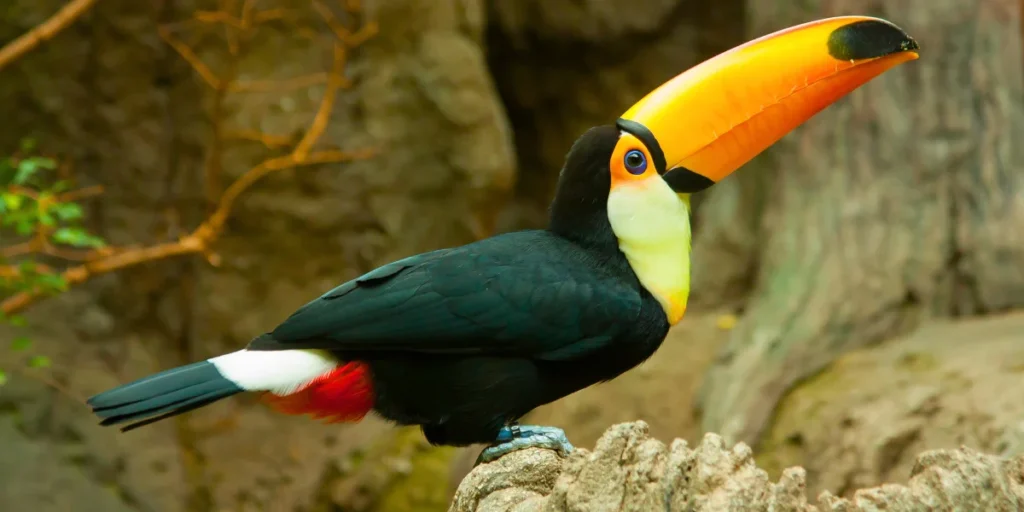
3. Eurasian Curlew
- Scientific Name: Numenius arquata
- Habitat: Wetlands, coasts, and grasslands of Europe and Asia
With its long, down-curved bill, the Eurasian Curlew is perfectly adapted for probing mud and sand in search of worms and other invertebrates. Its beak is an essential tool for survival in marshy environments.

4. Spoonbill
- Scientific Name: Platalea (various species)
- Habitat: Wetlands across the globe
The spoon-shaped beak of this bird is long and flat, with a broad tip that helps it sweep through the water to catch small fish, insects, and crustaceans. Their distinctive feeding behavior involves swaying their heads side-to-side in shallow waters.
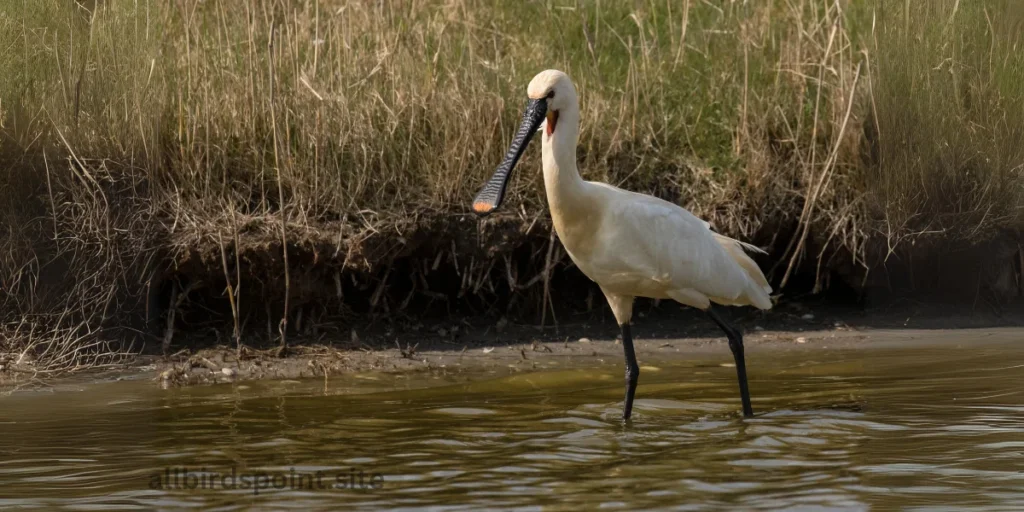
5. American White Pelican
- Scientific Name: Pelecanus erythrorhynchos
- Habitat: North America’s lakes and rivers
Pelicans are known for their long beaks equipped with a pouch, which they use to scoop up fish. The American White Pelican can hold up to three gallons of water in its bill—a testament to its impressive functionality.
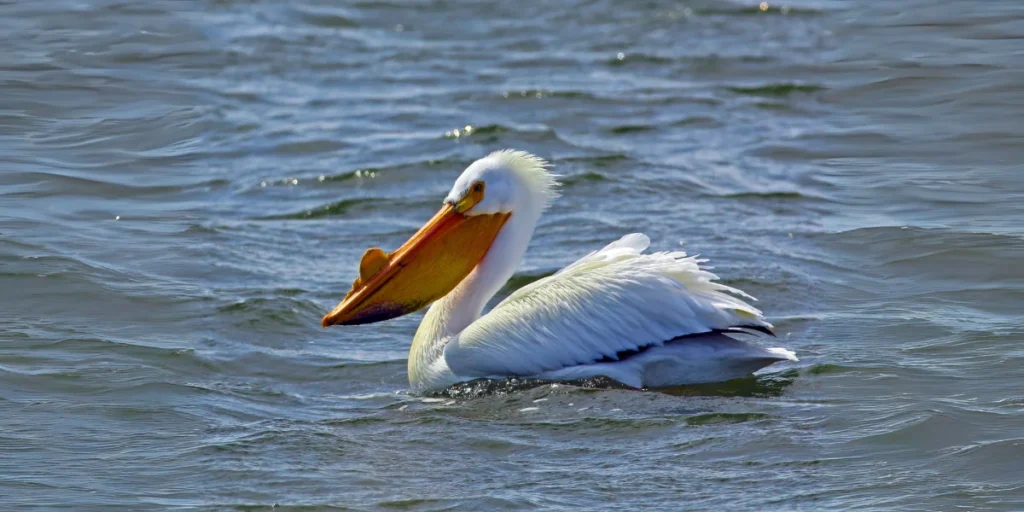
6. Shoebill Stork
- Scientific Name: Balaeniceps rex
- Habitat: Swamps of Central and East Africa
Though not as long as others, the Shoebill’s beak is remarkable for its large, shoe-like shape and sharp edges. It uses this feature to hunt large prey such as fish, reptiles, and even baby crocodiles.
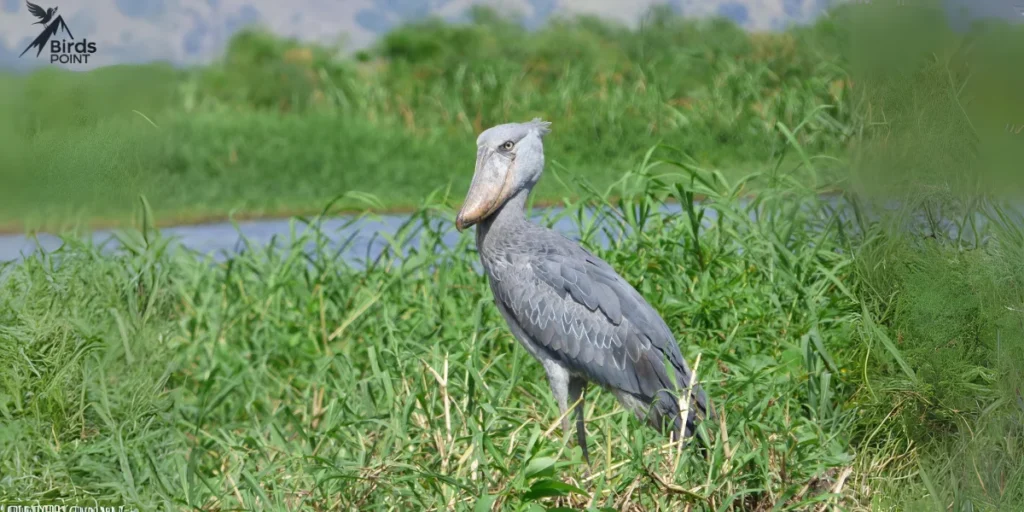
Difference Between a Bird’s Beak and Nose
Birds’ beaks and noses may look like one thing, but they are not the same. Here’s a simple comparison:
| Feature | Bird Beak | Bird Nose (Nares) |
|---|---|---|
| What is it? | The hard outer part of the mouth used for eating. | Small holes on the beak for breathing and smelling. |
| What does it do? | Helps birds eat, groom, and carry things. | Helps birds breathe and sense smells. |
| Made of | A hard material called keratin (like our fingernails). | Soft tissues inside the beak. |
What Are Birds’ Noses Called?
Birds’ noses are called nares. These are the tiny holes on a bird’s beak that let them breathe. The nares are usually at the top of the beak or near its base.
Which Bird Has External Nostrils?
Almost all birds have external nostrils, but some have very visible ones! For example:
- Albatrosses: These seabirds have tube-like nostrils on top of their beaks to help them smell over long distances.
- Parrots: Their nostrils are at the base of their beak, surrounded by soft skin called the cere.
Which Bird Has a Nose?
No bird has a nose like humans, but the Kiwi from New Zealand comes close! Kiwis have their nostrils at the tip of their long beaks. This helps them sniff out insects and worms underground.
What Exotic Bird Has a Big Nose?
Some birds look like they have big noses because of their unique beaks. For example:
- Hornbills: These birds have large, curved beaks with a hard structure on top called a casque. It looks like a big nose and is used for making sounds and attracting mates.
- Toucans: Toucans have big, colorful beaks that look like noses. They use them to eat fruit and even cool down their bodies.
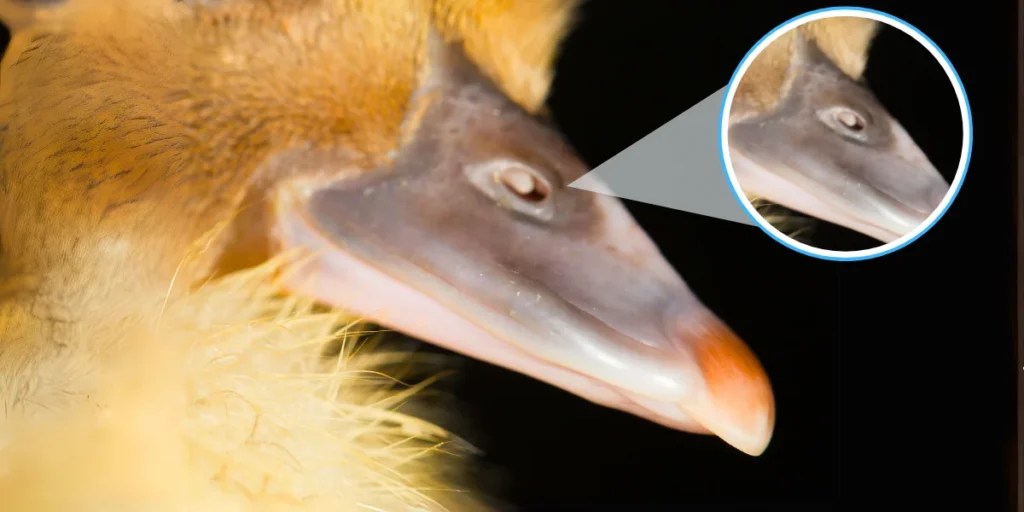
Fun Facts About Birds’ Beaks and Noses
- Birds can’t breathe through their mouths; they use their nares.
- A bird’s beak shape shows what kind of food it eats.
- Some birds, like Kiwis, rely more on their sense of smell than their eyesight.
Final Words
Birds with long beaks or special nostrils are fascinating! Their unique features help them survive, find food, and even attract mates. Whether it’s the Kiwi’s sniffing nose or the Hornbill’s big casque, every bird has something special about it.
Nature sure knows how to make each bird unique and amazing!
FAQs
Q1: What are birds’ noses called?
Birds’ noses are called nares, which are small openings on their beaks for breathing and smelling.
Q2: Which bird has a nose at the tip of its beak?
The Kiwi has nostrils at the end of its beak, helping it sniff for food underground.
Q3: Do birds have noses like humans?
No, birds don’t have external noses like humans. They have nares on their beaks.
Q4: Which bird has tube-like nostrils?
The Albatross has tube-shaped nostrils to help it smell food over long distances.
Q5: What bird is known for its big nose-like beak?
The Hornbill and Toucan are known for their large, nose-like beaks.
Q6: Why do some birds have long beaks?
Long beaks help birds reach food, like nectar in flowers or insects in mud.
Q7: What exotic bird has a colorful, big beak?
The Toco Toucan is famous for its large, colorful beak.
